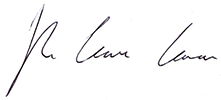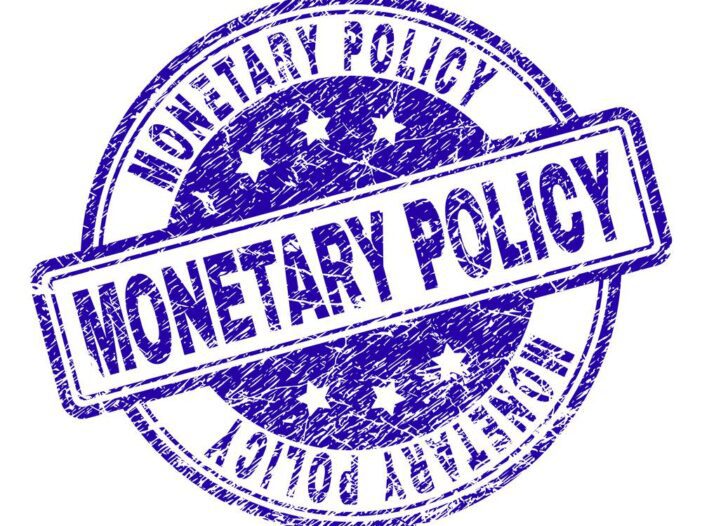In today’s Money Morning…how much inflation is good inflation?…make hay while the sun shines…if you thought the speculative frenzy was over, don’t count on it…and more…
Yesterday, RBA governor Philip Lowe outlined ‘The Year Ahead’.
In a lengthy speech to the National Press Club, Lowe detailed his thoughts on the Australian economy and the RBA’s role for 2022. It’s a prediction that coincided with the end of the central bank’s somewhat controversial bond-buying scheme.
But it was clear from Lowe’s speech that inflation was the real focus:
‘As I have said on previous occasions, the Board will not increase the cash rate until inflation is sustainably within the 2 to 3 per cent range.
‘Based on the evidence we have, it is too early to conclude that inflation is sustainably in the target range. In terms of underlying inflation, we have just reached the midpoint of the target range for the first time in over seven years. And this comes on the back of very significant disruptions in supply chains and distribution networks, which would be expected to be resolved over the months ahead.
‘We are in the position where we can take some time to obtain greater clarity on these various issues. Countries with higher rates of inflation have less scope here. The Board is prepared to be patient as it monitors the evolution of the various factors affecting inflation in Australia.’
How much inflation is good inflation?
Now, I realise that is a big quote that I’ve just thrown at you, but it is an extremely important one, in my view.
Because not only does it show what the RBA is thinking, it shows that they still feel like they’re in control at the moment. And right now, I’m certainly not going to argue against that.
It probably is too early to raise rates.
But I really hope Lowe and his peers aren’t going to fall asleep at the wheel. We’ve seen how poorly Jerome Powell’s comments about ‘transitory’ inflation have aged. And I wouldn’t be surprised if the claim ‘countries with higher rates of inflation have less scope here’ ends up being off too.
Don’t get me wrong, I’m not trying to suggest that inflation will get out of hand. I’m just concerned that the RBA may be too focused on their underlying inflation target.
How to Limit Your Risks While Trading Volatile Stocks. Learn more.
After all, I’ve been pretty vocal in the past about the shortcomings of how inflation is measured. The CPI, for example, (which measures headline inflation) is far ahead of the RBA’s preferred measuring tool: underlying inflation.
For reference, CPI inflation is at 3.5% for 2021 — whereas underlying inflation is at 2.6%.
Keep in mind too that CPI doesn’t even measure the cost of buying an existing home. Only newly built homes are factored into the metric. Meaning that one of the biggest purchases most individuals or families will ever make isn’t even represented in the data.
So if Lowe gets too comfortable waiting and watching, it could lead to a game of catch-up. It’s a situation that could hypothetically see inflation run away from the RBA and wreak havoc in the economy.
However, these are risks and concerns for the medium to long term, in my view.
Because in the short term, Lowe’s message suggests that the party isn’t over yet!
Make hay while the sun shines
Martin Wolf from the Financial Times wrote a great article on the dilemma facing central banks — a piece that was mainly directed at the Fed but has implications for the RBA and other institutions too.
As he put it:
‘In 1955, chairman William McChesney Martin remarked that the Fed “is in the position of the chaperone who has ordered the punch bowl removed just when the party was really warming up”. It was sound advice, as the monetary turmoil of some two decades later demonstrated. Losing control over inflation is politically and economically damaging: restoring control usually requires a deep recession.’
The lesson being, once the cat is out of the bag, it is far too late.
That’s what has me a little uneasy about the RBA’s lax attitude.
However, I can certainly agree with Lowe that we’re not as far gone as the US looks to be…at least not yet…
So, in the meantime, that means the short-term market outlook should be extremely positive. Because while the bond buying may be over, this cautious approach from the RBA may mean the party can go on — even if it is a little subdued compared to the last two years.
In other words, if you thought the speculative frenzy was over, don’t count on it.
The final melt-up may still be yet to come.
Regards,
 |
Ryan Clarkson-Ledward,
Editor, Money Morning
PS: Ryan is also the Editor of Australian Small-Cap Investigator, a stock tipping newsletter that hunts down promising small-cap stocks. For information on how to subscribe and see what Ryan’s telling subscribers right now, click here.

